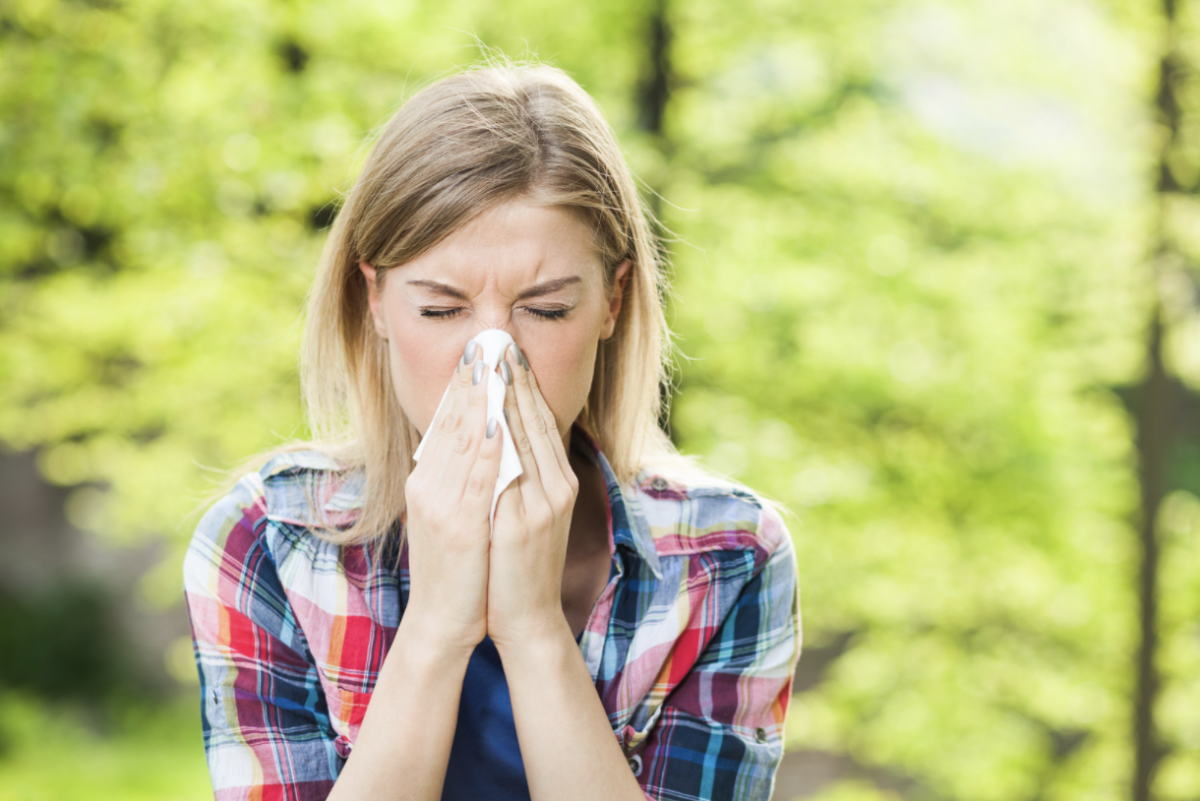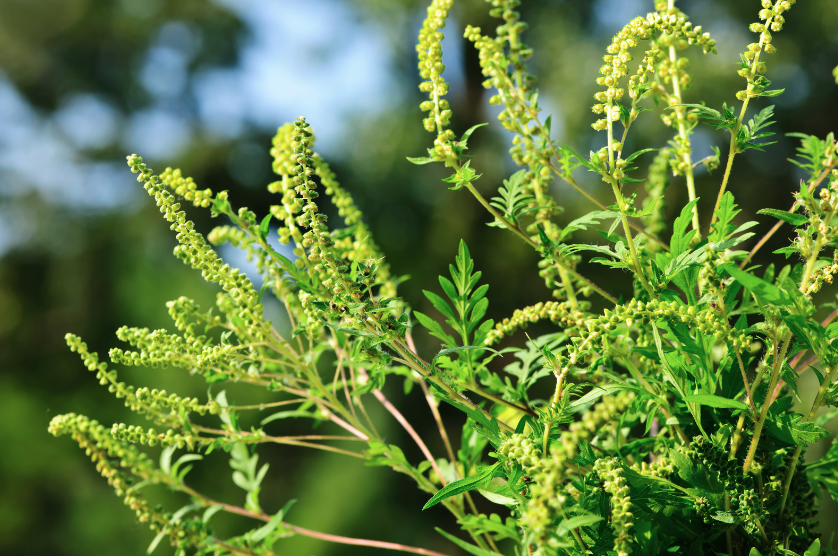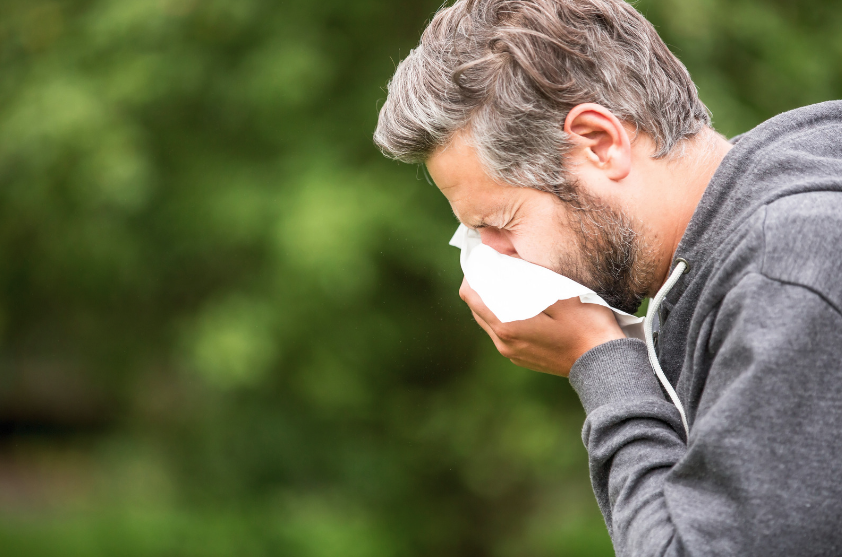Common Fall Allergies

Each fall, numerous weeds and plants produce pollen that can irritate the eyes, nose and lungs. Sneezing, itchy nose and eyes and fatigue can put a damper on your fall plans. Some people refer to these seasonal allergies as hay fever, but the source of fall allergies is more likely to be ragweed, leaf mold and dust mites than hay. Let’s review fall allergens and some ways to deal with common fall allergies.
Did you know? Most people who experience spring allergies often have repeat symptoms in the late summer/fall.

Ragweed
In Iowa, ragweed is a common cause of sneezing, runny nose, and watery, sticky, itchy eyes in August and September, when the plants bloom and release pollen. By mid-October, a frost usually kills off the plant, ending the ragweed’s release of pollen. Ragweed naturally occurs in ditches and along wooded areas, and its invisible pollen rides on the wind.
One way to determine if you have a ragweed allergy is by tracking your symptoms as well as the pollen maps available on weather websites and apps. By looking at the pollen map and pollen counts, you can see the predominant pollens for the day and their levels. This can help you limit your outdoor activity levels to avoid ragweed pollen and the irritation it causes.
Leaf Mold
After the growing season ends and weeds and their pollens are less of a threat, leaves begin to fall. When they stay on the ground and get wet from the rain, mold can form on the leaves and leaf piles. The mold spores can then be carried on the wind or stirred up when raking leaves or mulch. The same goes for crops left in the fields—the remaining plant material can get mildewed and moldy. Some people who live near fields notice an increase in their symptoms around harvest time.
Dust Mites
If you spend more time inside during the fall and still have allergy symptoms, you may have a dust mite allergy. Dust mites are year-round inhabitants of our homes. However, they can be reduced by cleaning your home regularly, changing the air filter in your furnace and using an air purifier. Wash bedding weekly, vacuum using a high-efficiency particulate air (HEPA) filter and follow up by dusting with a damp rag to prevent dust from becoming airborne.

What to Do About Fall Allergies
In our Spring Allergies blog post, we covered several over-the-counter treatments and lifestyle changes you can make to avoid the symptoms of allergies.
The highlights include trying antihistamines and nasal steroids and avoiding being outdoors, especially on hot, dry, windy days. You may find that the pollen levels are lower right after rain or in the morning when winds tend to be calmer. Some people ease overnight symptoms by showering after spending time outside to wash the pollens off the body and hair. Getting rid of the pollen at night can help you sleep better.
Tracking your symptoms and comparing them to ragweed pollen levels can help you pinpoint and treat your allergies. However, if you have trouble managing your fall sneezing and watering eyes, please contact us to schedule an appointment. Dr. Stemmerman can help you choose a course of treatment, including temporary lifestyle changes and allergy shots or immunotherapy. Learn more and contact us for an appointment.

